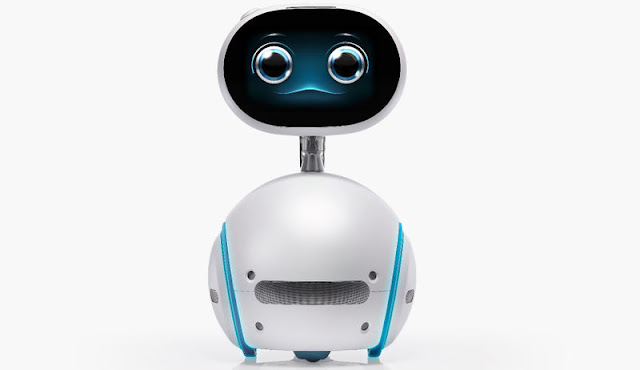An event-driven application is a
computer program that is written to respond to actions generated by the user or
the system. In a computing context, an event is any
identifiable occurrence that has significance for system hardware or software.
As such, events include both user-generated actions like mouse clicks and
keystrokes and system-generated events such as program loading.
Event-driven programming separates event-processing logic from the rest of a
program’s code. The event-driven approach contrasts with batch processing. Continue
Reading About event-driven application are i)EDA software:
Event-driven architecture and DB2 ii)Event-driven
applications: Where they apply and how they are built iii)Read this
excerpt from Event-Driven Processing in Action on eBizQ iv)SOA
event-driven architecture (EDA) and complex event processing (CEP)
Because
event-driven programming is an approach rather than a type of language,
event-driven apps can be created in any programming language. Depending on the
specific application, event-driven processing can improve responsiveness,
throughput and flexibility.





























